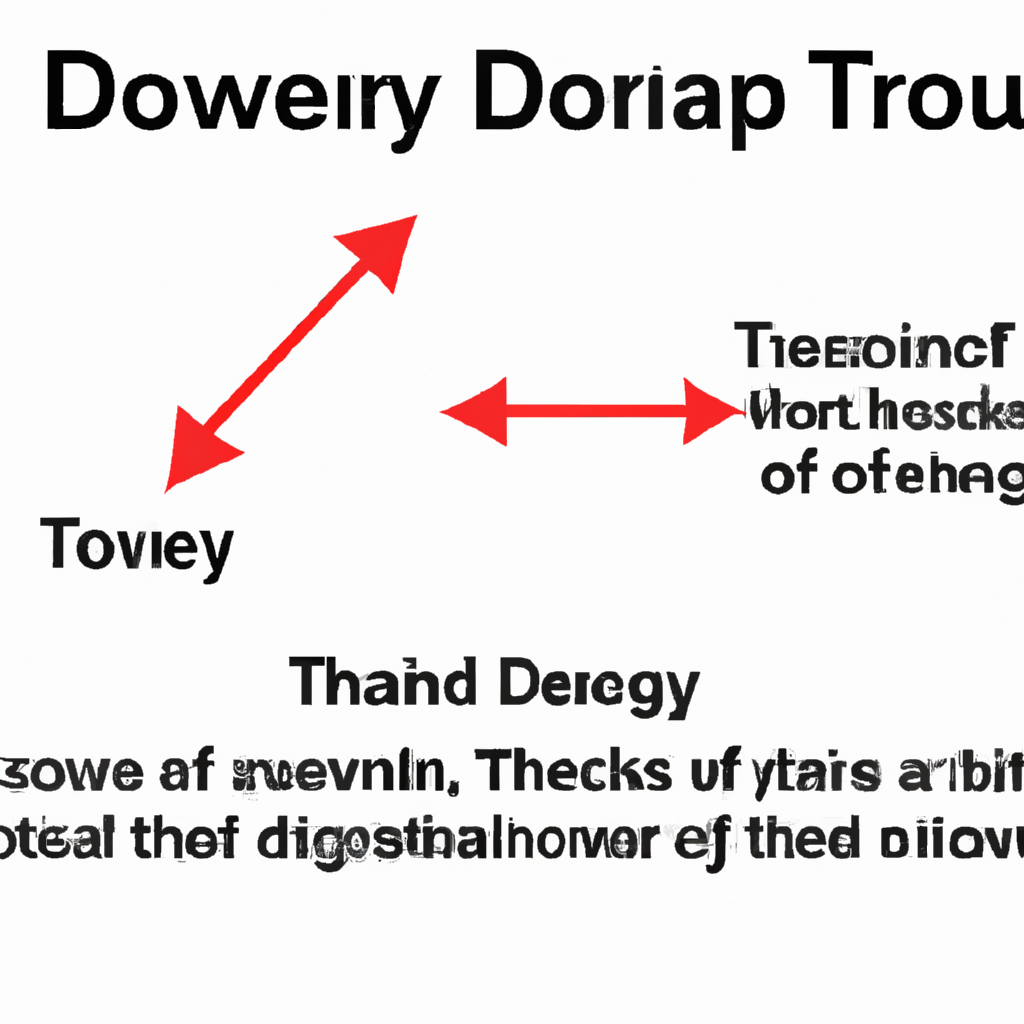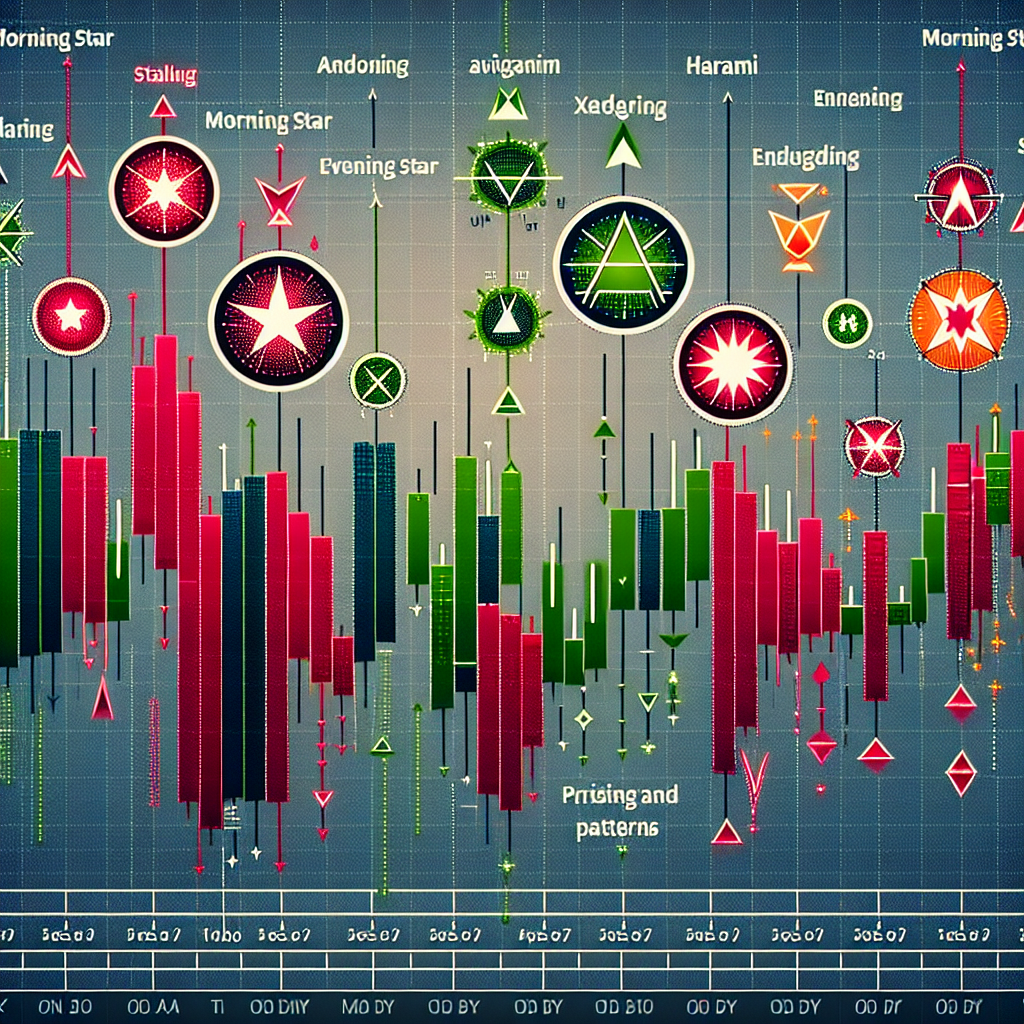Dow Theory Principles in Trading
Introduction
Dow Theory is a fundamental concept in technical analysis that provides traders with insights into market trends and helps them make informed trading decisions. Developed by Charles H. Dow, the founder of the Wall Street Journal, Dow Theory is based on six key principles. In this article, we will explore these principles and understand how they can be applied in trading.
1. The Market Discounts Everything
According to Dow Theory, all known information about a particular market or security is already reflected in its price. This principle suggests that traders should focus on analyzing price movements rather than trying to predict future events or news. By studying historical price data and patterns, traders can gain valuable insights into market trends and make more accurate predictions.
2. The Market Moves in Trends
Dow Theory emphasizes that markets move in primary trends, which can be classified as either bullish (upward) or bearish (downward). These trends can last for months or even years and are driven by factors such as economic conditions, investor sentiment, and market psychology. Traders can benefit from identifying and trading in the direction of these trends, as it increases the probability of successful trades.
3. Trends Have Three Phases
Dow Theory suggests that trends can be broken down into three distinct phases: accumulation, public participation, and distribution. During the accumulation phase, smart money (institutional investors or large traders) starts buying or selling a security, anticipating a trend reversal. The public participation phase occurs when the broader market catches onto the trend, leading to increased trading volume and price movement. Finally, the distribution phase marks the end of the trend, as smart money begins to exit their positions. Recognizing these phases can help traders time their entries and exits more effectively.
4. The Averages Must Confirm Each Other
Dow Theory emphasizes the importance of using multiple market indices or averages to confirm a trend. For example, if the Dow Jones Industrial Average (DJIA) is in an uptrend, the Dow Jones Transportation Average (DJTA) should also be moving in the same direction. This principle ensures that traders are not relying on isolated market movements but are considering the broader market sentiment before making trading decisions.
5. Volume Confirms the Trend
Volume plays a crucial role in confirming market trends. Dow Theory suggests that increasing trading volume during an uptrend or downtrend indicates strong market participation and validates the trend. Conversely, decreasing volume during a trend may indicate a weakening trend or potential trend reversal. By analyzing volume patterns, traders can gain insights into the strength or weakness of a trend and adjust their trading strategies accordingly.
6. Trends Persist Until Reversal Signals
The final principle of Dow Theory states that trends persist until there is a clear reversal signal. Traders should avoid prematurely exiting a trade based on minor price fluctuations and instead wait for confirmation of a trend reversal. This can be achieved by analyzing technical indicators, chart patterns, or other reversal signals. By following this principle, traders can maximize their profits by staying in a trade until the trend has truly reversed.
Conclusion
Dow Theory provides traders with a solid foundation for understanding market trends and making informed trading decisions. By following the six principles of Dow Theory, traders can identify trends, confirm them using multiple indicators, and time their entries and exits more effectively. However, it is important to remember that no trading strategy is foolproof, and risk management should always be a priority.



